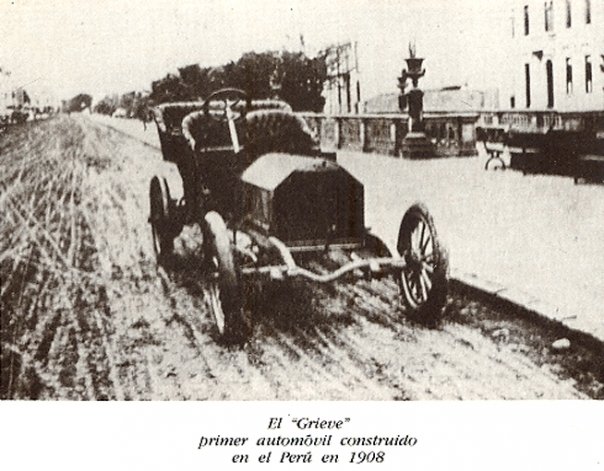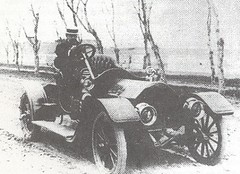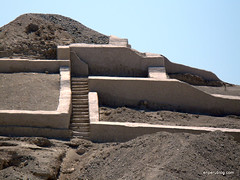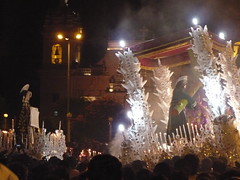The first Peruvian car
Peru as a country, and Peruvians as a people seem to have a poor sense of self worth. This is despite the country’s great history. It’s why when there is some kind of international recognition of a great thing Peru has achieved, has created or has in it territory, that such a huge fuss is made. Peru lives in a state of denial about its abilities, even though Peruvians show great hope for the future, are aware of the resources they have at their disposal, are fiercely patriotic and freely accept examples their greatness when told about it by the rest of the world. For example, Peruvians thought they had terrible food, food that couldn’t compete on the international stage, until the world discovered it and told them about it. You now won’t find a Peruvian who disagrees that it is among the best in the world. Perplexing.
Such is Peruvian ingenuity that this was the first nation in South America to produce high-quality automobiles. World-beating ones at that. But as great as Peruvian creativity… is a lack Peruvian self-esteem. What could have been the start of a major Peruvian industry was snuffed out by Peruvians themselves, who then, as now, see everything from abroad as better, whether it really is or not.
From the biography of Juan Alberto Grieve, the Peruvian inventor of the continent’s first car:

Grieve
(…) Excited by this new activity, and being the grandest authority in combustion engines in Peru, the engineer decided, in 1907, to build himself a car. Grieve spent all his waking hours in his work shop located on Jr. Washington 117. At 30 years old, very young for a man to start such a large enterprise, he became a pioneer of the automobile industry.
The cars that traversed Lima at the start of the century, European in the majority, had between between six and eight Horse Power. It was all that was thought necessary for a car in the city.
But the lack of good roads in the outskirts of Lima, and the difficulties this caused the circulating cars is what made Grieve want to design a motor of 20HP, powerful enough to defeat the bad roads. This meant his vehicle could also be used for tourism and could even work outside of Lima.
All the mechanical components of the automobile were designed in the workshop with plans made by Grieve: the engine, the chassis, the transmission etc. This, in Lima of 1908. The only elements that were imported were the tyres from Michelin, the Bosch starter and the carburettor.
The car had 5 seats, two in front and three at the back. Those at the back were removable, leaving a area for haulage.

The Grieve car
At the end of 1908 the first car designed and built in South America was ready, it was described as a “jewel of precision engineering”. Its performance was compared to that of a Renault, which were considered at the time to be the world’s best cars.
The cost of the car was 300 pounds, half of what a European car of equal power cost. The car was called “Grieve” after its owner, and the plans were patented. The idea was to commercialise the enterprise and build a fleet of 20 more cars.

Grieve in the Grieve
The idea was supported and encouraged from the very start by Grieve’s close friend Octavio Espinoza, a journalist and director of CINEMA magazine. In the pages of this magazine, the car made its grand appearance. It was described:
The four cilynders conform to demands of modern design. The motor gives, with this caractoristic, a power of 20HP with 1800 revolutions per minute. This is able to be reduced, thanks to the elasticity of the engine, to 200 revolutions.
The biography continues:
(…) Grieve decided to speak with Presidet Leguía to, under the sponsorship of the Government, construct three vehicles for the post office, and three more for the city council.
The answer from the President was: “We need the products of advanced countries and not experiences with Peruvian products“.
And just like that, Peru’s future as a player in the automotive industry was over.
Tags: 1900s, cars, economy, juan alberto grieve








![Cusco’s Señor de los Temblores [Featured]](http://farm4.static.flickr.com/3330/3432051172_c4d9ff49f6_m.jpg)
![Peru’s Panettone Is Fake, Says Italy [Featured]](http://farm3.static.flickr.com/2127/2690344520_b3f4aa62c5_m.jpg)
